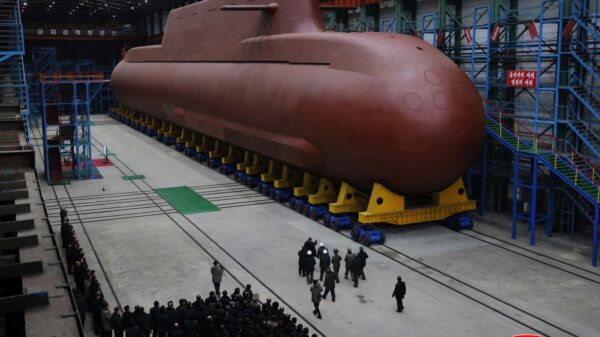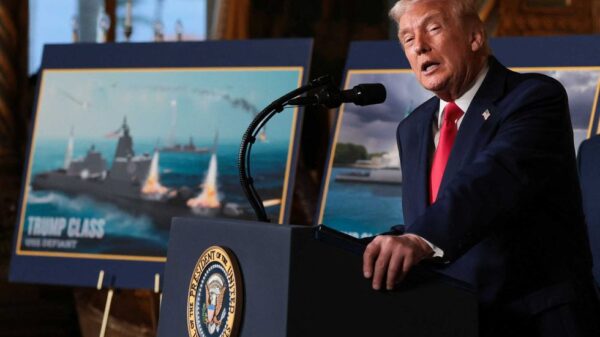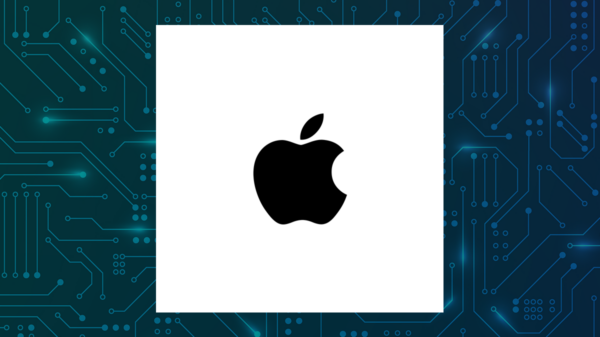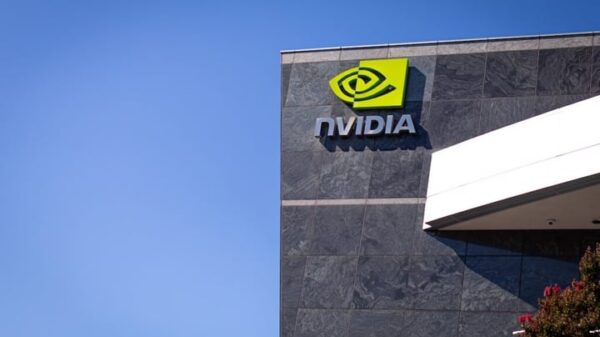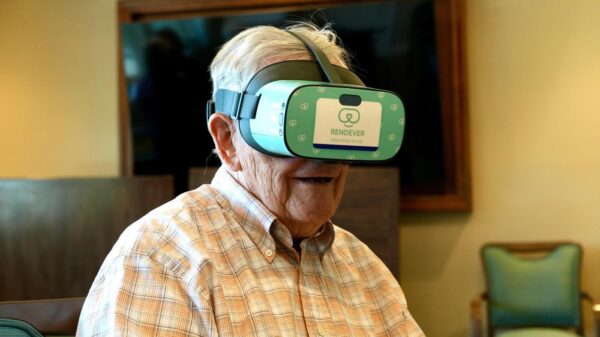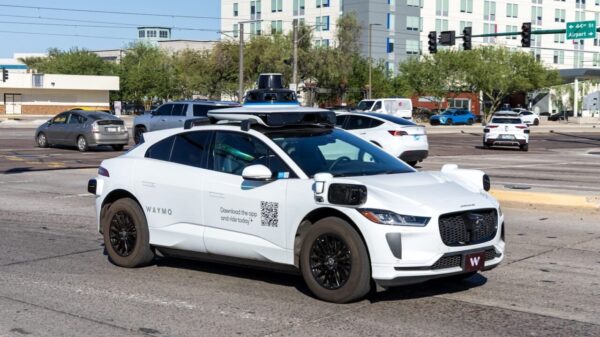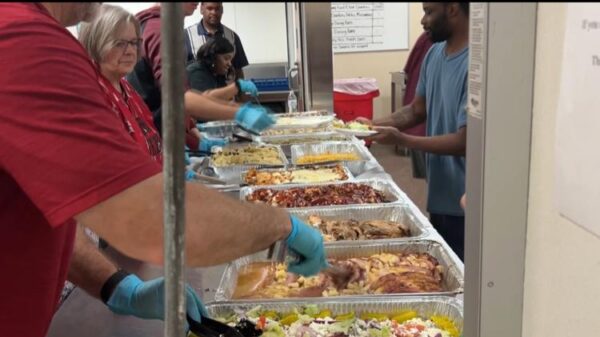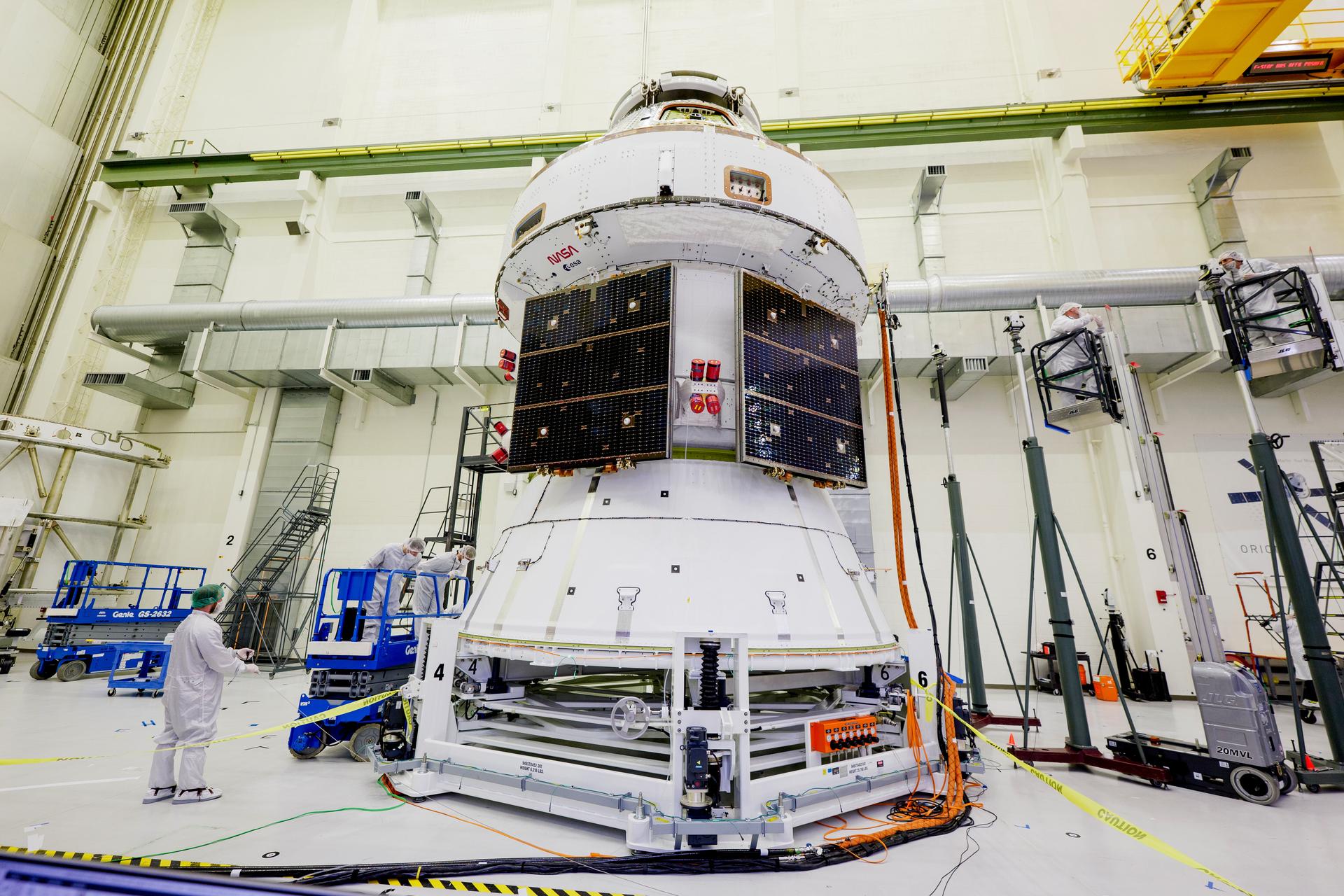An agreement between Lockheed Martin and BioAstra marks a significant step towards offering the Orion spacecraft as a commercial service. Announced during the International Astronautical Congress in Sydney on September 30, 2023, this collaboration aims to explore a private astronaut mission utilizing Orion for biomedical research beyond Earth’s orbit.
The proposed Twin Astra mission draws inspiration from NASA’s Twins Study, which involved astronaut Scott Kelly spending nearly a year aboard the International Space Station. Researchers compared his physiological and molecular changes to those of his identical twin brother, Mark Kelly, who remained on Earth. “This is the best natural experiment that biology gives us to use identical twins to understand what is truly happening to humans in space,” stated Savi Glowe, CEO of BioAstra, highlighting the mission’s potential for significant scientific insights.
Exploration of Commercial Opportunities
The mission concept is still in its early stages, with Glowe noting that BioAstra will seek financial support from private investors and companies interested in licensing the research results. While no timeline has been established for the mission, the collaboration signals Lockheed Martin’s commitment to expanding Orion’s capabilities for non-NASA customers.
According to Bob Behnken, Vice President for Exploration Product and Technology Strategy at Lockheed Martin Space, this agreement allows the company to assess what modifications are necessary to facilitate a private astronaut mission. “If we’re going to execute a private astronaut mission or a commercial mission, this mission description gives us an opportunity to explore what needs to change on the pathway to commercialization for an Orion mission,” Behnken explained.
Lockheed Martin has been actively studying the transition to a commercial service model for Orion since announcing its intentions in July 2023. Currently, the company produces Orion spacecraft for NASA under traditional contracts, but is now examining the feasibility of a services model that could allow for a gradual shift in responsibilities.
Phased Transition and Partnerships
Tony Byers, Director of Strategy and Business Development at Lockheed Martin Space, indicated that the transition could involve taking over certain tasks currently managed by NASA. This includes spacecraft servicing pre- and post-flight and capsule recovery after splashdown. “Lockheed’s position is we can start that transition now over the next few missions,” Byers stated, emphasizing that the timeline for this shift would depend on NASA’s willingness to delegate responsibilities.
The Orion service module is provided by the European Space Agency (ESA) under a barter agreement with NASA. Byers also mentioned ongoing discussions with ESA and Airbus Defence and Space about potential collaborations under a service model. Adjustments to the service module could be necessary to enable longer missions, broadening the scope of what Orion could offer.
Lockheed Martin is also considering alternatives to the Space Launch System for launching Orion. A dual-launch approach is under evaluation, which would involve one rocket carrying Orion and another transporting a transfer stage that could dock in low Earth orbit before proceeding to lunar or deep space missions.
Despite the anticipated transition to a service model, Byers noted that NASA will likely remain the primary customer for Orion. However, new opportunities may arise, including international partnerships and private missions such as BioAstra’s initiative. “We do believe eventually that there will be a lunar and a deep space economy,” he concluded. “The question is, how long will it take to evolve, and what can we do under a service model to enable that to happen faster?”
The development of commercial opportunities for Orion represents a pivotal moment in the evolution of human space exploration, paving the way for future missions that may redefine our understanding of life in space.






